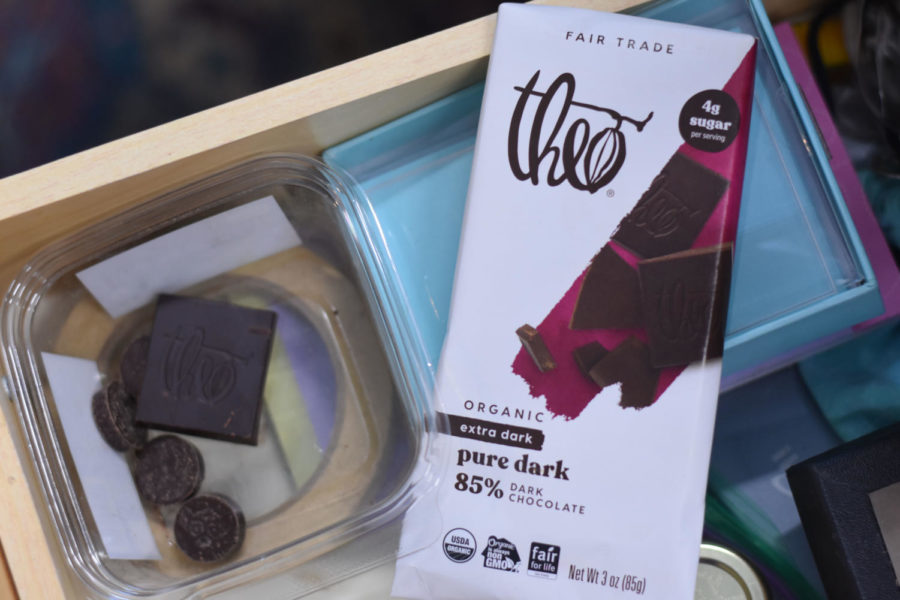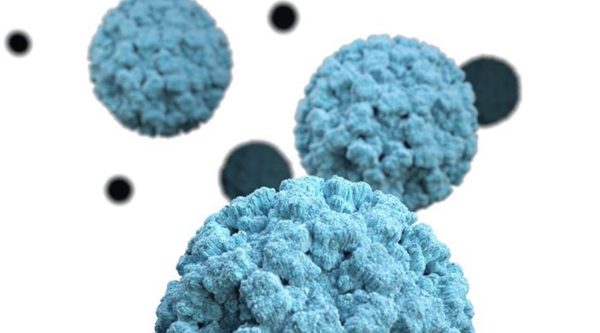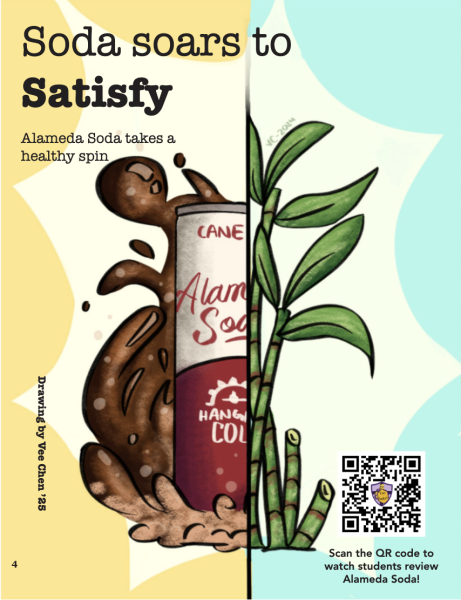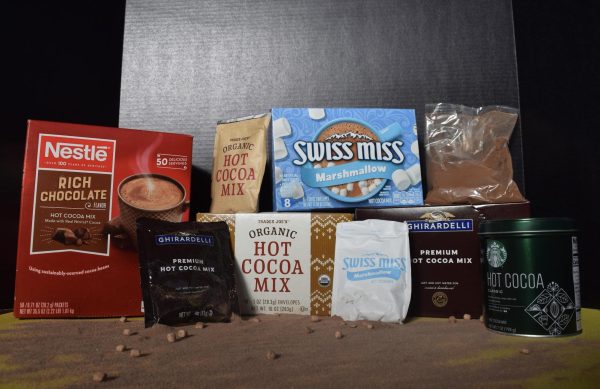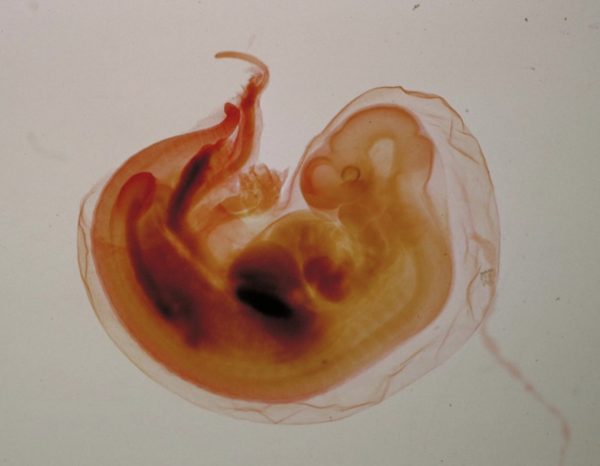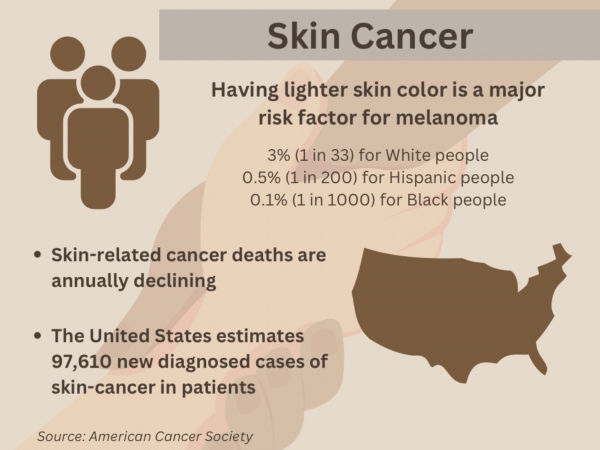Discovery of lead in chocolate reveals dark truth
Research by Consumer Reports shows that some varieties of chocolate contain small amounts of lead and cadmium.
March 27, 2023
Chocolate is a treat many enjoy in their daily lives, satisfying a sweet tooth and acting as an energy and mood booster. There are many types of chocolate and many choose dark chocolate because of its health benefits. However, another piece of this dark chocolate puzzle has recently been discovered.
An investigation by Consumer Reports uncovered that dark chocolate bars from various brands have cadmium and lead, metals that can cause health problems in adults and children, and pregnant women. Frequent exposure to lead in adults can lead to nervous system problems, hypertension, immune system suppression, kidney damage, and reproductive problems. For young children, it can affect development.
Miki Maloney ’26 said, “I think that dark chocolate is really good, and if I couldn’t have dark chocolate that I don’t know what I have left at this point.”
Consumer Report tested 28 brands for cadmium and lead levels and listed them into four categories; safer, high in cadmium, high in lead, and high in both lead and cadmium. Mast, Taza Chocolate, two Ghirardelli brands, and Valrhona were listed as safer choices.

Beyond Good, Equal Exchange, Lindt, Scharffen Berger, Alter Eco, Pascha, and Dove were high in cadmium. Brands high in lead were Tony’s, Lily’s, Godiva, Chocolove, Lindt, Endangered Species, Trader Joe’s, Hu, Chocolove, and Hershey’s. Brands high in both cadmium and lead were Theo, Trader Joe’s, Lily’s, and Green and Black’s.
Other research found that cacao plants take up cadmium from the soil, which accumulates as the cacao tree grows. However, lead gets through after cacao beans are harvested.
O’Rourke stated, “The interesting thing is that the lead doesn’t seem to be coming from the chocolate itself, but rather environmental contamination from lead in the dirt and dust where the chocolate is grown and processed, likely as a result of years of lead-based gasolines. It’s a really important reminder of the long-term effects of exploitative capitalism and globalization and how problems which we think are relegated to the exploited parts of the world are really affecting the entire planet.”
Consumers can still enjoy dark chocolate by choosing the brands with the lowest metals, eating chocolates with lower cacao amounts, and limiting dark chocolate consumption.


